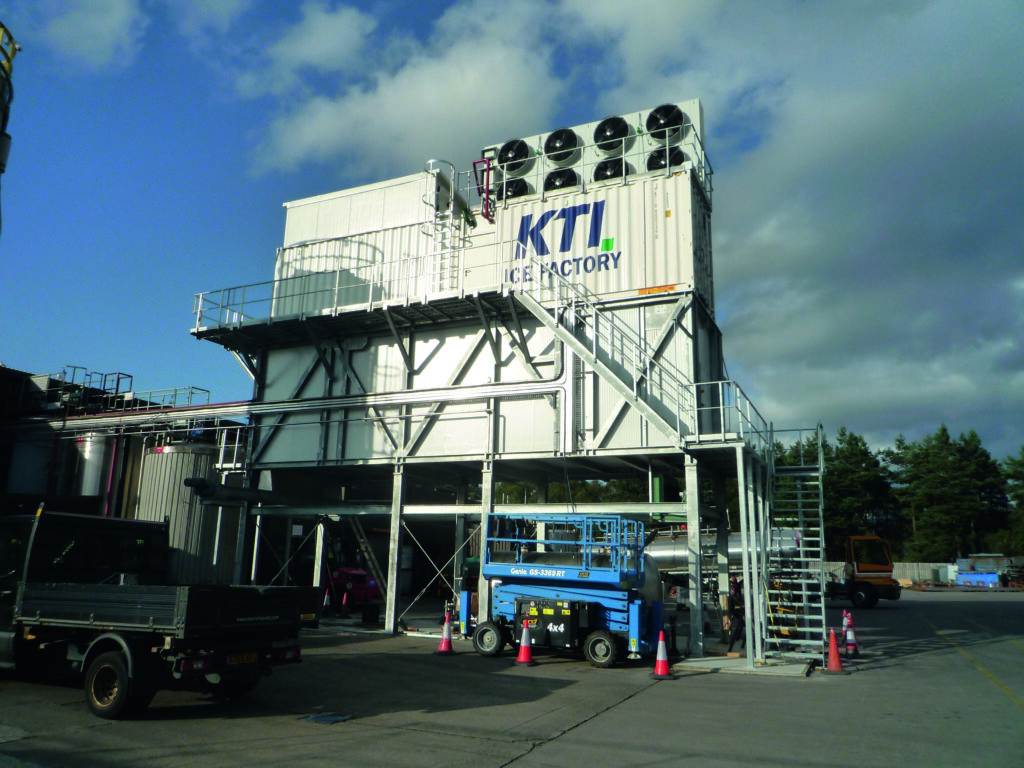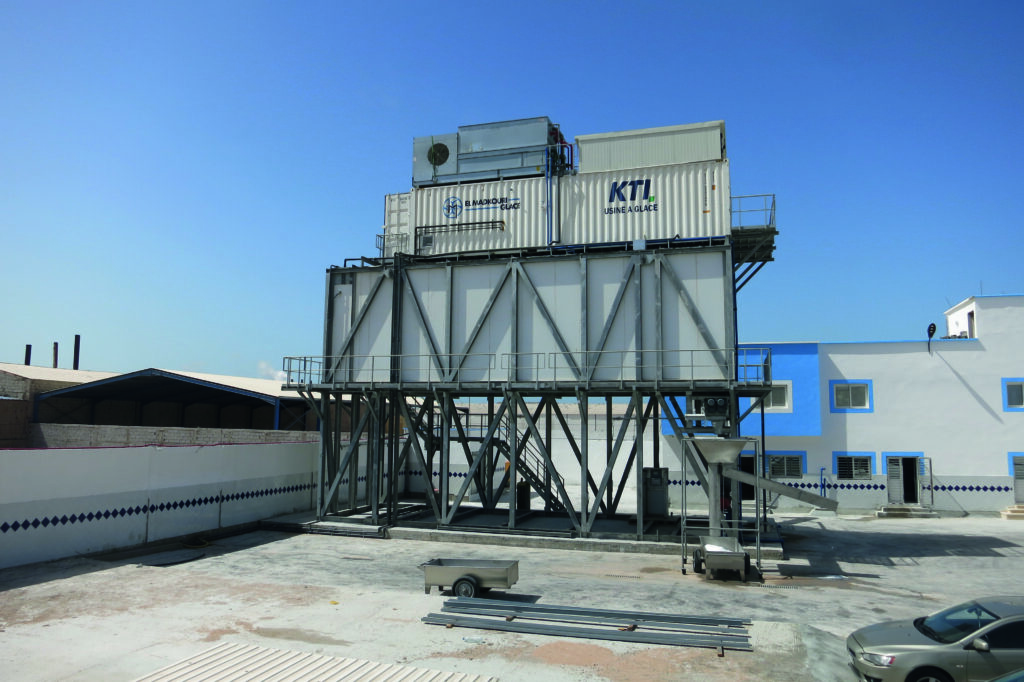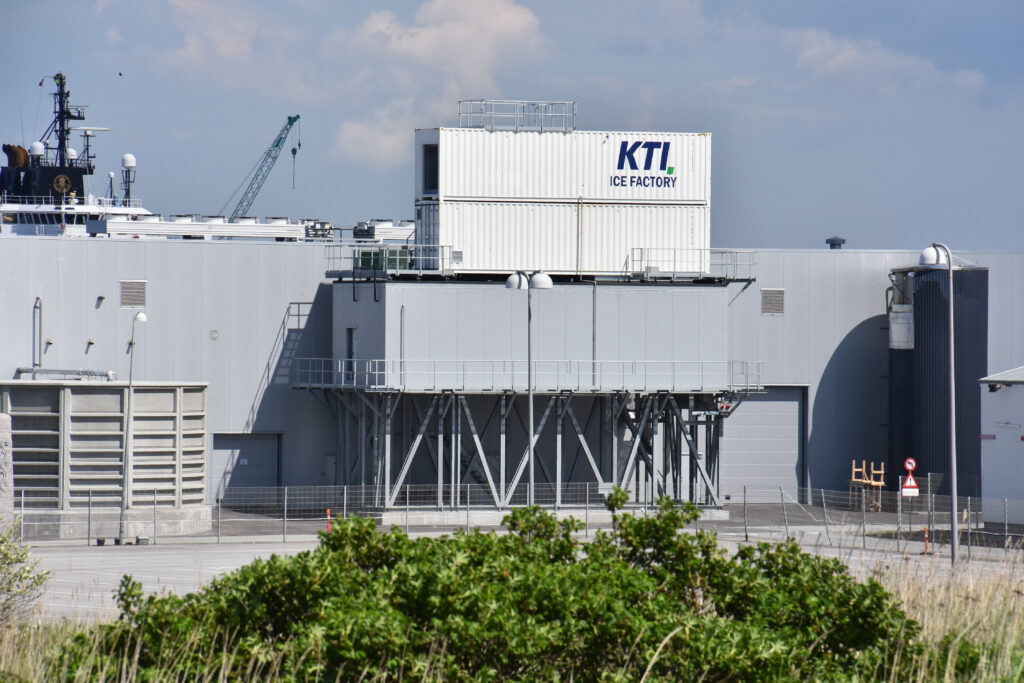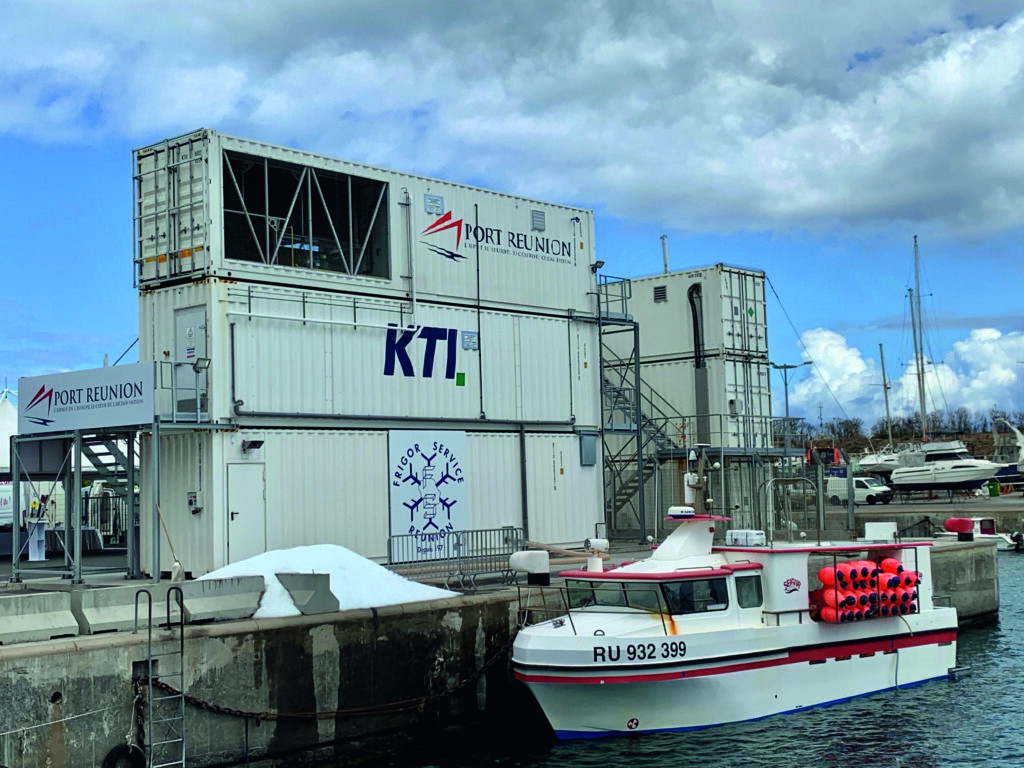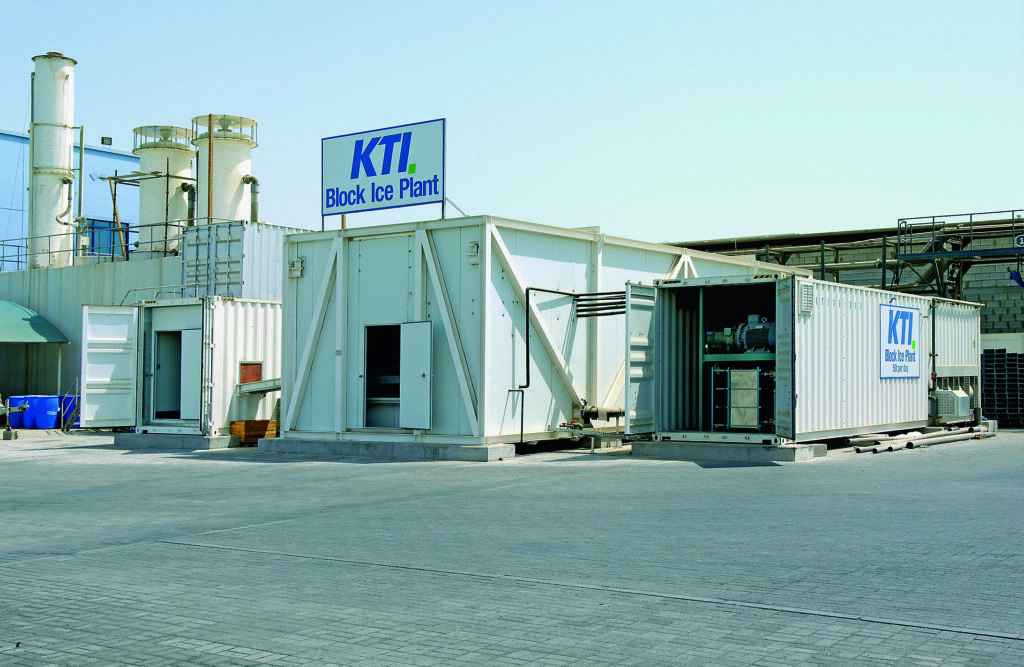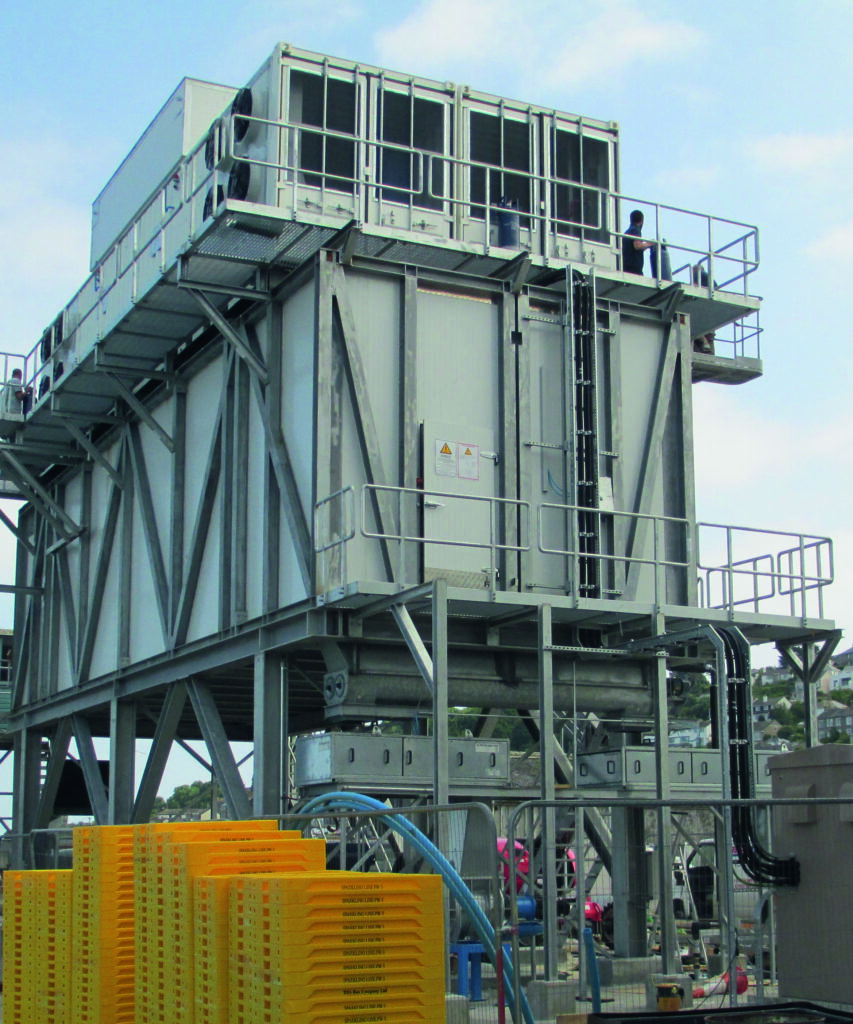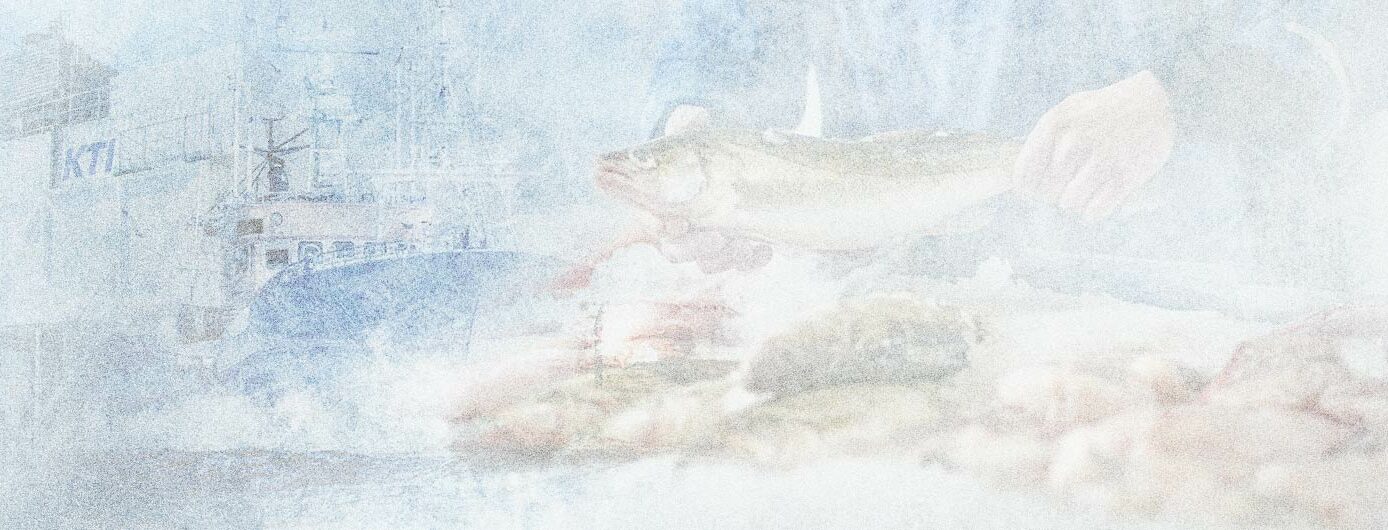
KTI - ice4fish
Efficient cooling with ice
For centuries, ice has been the universal coolant for fish and seafood. It offers many positive properties for marine products. However, the efficient production of ice requires a certain know-how, which you get with us and our solutions.
KTI – ice4fish
Why is ice the best coolant for fish and seafood?
The use of ice as a coolant for fish and seafood brings many positive benefits. It is not for nothing that ice has been in use for hundreds of years and is still used as a cooling medium by the world's leading fish processors and fishing fleets.
Some benefits of using ice:
- Ice can quickly large quantities of energy, i.e. heat.
- The handling of ice is very simple.
- The use of ice can everywhere and in any type of container.
- Ice melts at 0°C and thus keeps the fish on the correct temperature level.
- Melt water from ice protects the catch from drying out.
- Meltwater removed partly surface bacteria and impurities.
- Meltwater in contact with the fish is a Good heat conductor, which facilitates cooling.
- Ice from drinking water is non-toxic and safe.
- Ice can be used without problems over transported long distances be
- Compared to other preservatives, ice is favorable.
- Ice increases the quality of fish and minimizes spoilage.
KTI – ice4fish
What does a plant for ice production for fish cooling look like?
Plant for ice production between harbor edge and fish processing
KTI ice systems are used in fishing ports as well as for processing and packaging. A solution for ice production can therefore consist of a variety of different components depending on customer requirements. We at KTI will be happy to advise you which of the different modules is the optimal solution for you and as your partner we will work with you to develop the best system configuration.
Ice plants for fishing and fishing ports
For ice production requirements in ports and when the ice is used for fishing, the following factors are critical:
- Ice Plant: In modern ports, flake ice plants or plate ice plants are used. Block ice is only used when the ice has to be transported long distances without cooling facilities.
- Pre-cooling of fresh water: If the available fresh water is too warm, ice production becomes inefficient or limited. We therefore equip our ice plants with pre-cooling for fresh water if required.
- Ice Storage: The freshly produced ice is temporarily stored in a special ice storage for flake ice or slab ice. The ice storage is equipped with an automatic rake system and thus reduces manual work to a minimum.
- Ice transport: There are two basic options for transporting ice. Either the ice is transported mechanically via screw conveyors or the ice is introduced into an air stream and transported pneumatically.
- Ice weighing: Before ice discharge, the ice can be weighed in various ways. This gives the producer of the ice an overview of the discharge quantities.
- Ice vending: If the ice is to be sold to fishermen, fish processors, etc., a system designed for this purpose is a good choice. Automatic transport and weighing is a prerequisite.
- What kind of ice do I need?
- How must the equipment be technically designed to meet my standards?
- How must the ice discharge be designed to meet my requirements?
KTI – ice4fish
How much ice do I need to chill seafood?
A rule of thumb says that to cool 1kg of fish at a temperature of 30° requires about 350g of ice. If the fish is 25°C warm it is about 300g and at 20°C about 250g. This is the amount needed for cooling, but not for storage.
The total amount of ice needed depends on the following factors:
- Initial temperature of the fish and seafood. Often this corresponds to the (sea) water temperature
- Ambient temperature
- Required cooling rate
- Size or mass of the fish or seafood
- Duration of storage or days at sea
- Type of ice and size of ice crystals
- Quality of the insulated boxes in which the catch is stored with the ice
- Temperature of the insulating boxes or rooms before ice is introduced.
KTI – ice4fish
Which ice is best for cooling fish and seafood?
Flake ice
1.5mm ice particles, which are completely supercooled and thus quickly cool the fish.
Plate ice
5mm thick slabs of ice, which are supercooled at the core. Plate ice can be produced with the lowest energy input
Block ice
25/50 kg ice blocks can be transported over long distances without melting losses.
Ice slurry
Mix of salt water and ice crystals. Provides the highest cooling rate of fish.
KTI – ice4fish
We are here for you
Contact our experts
Ice plants for fishing & fish processing
How would you like to be contacted?

